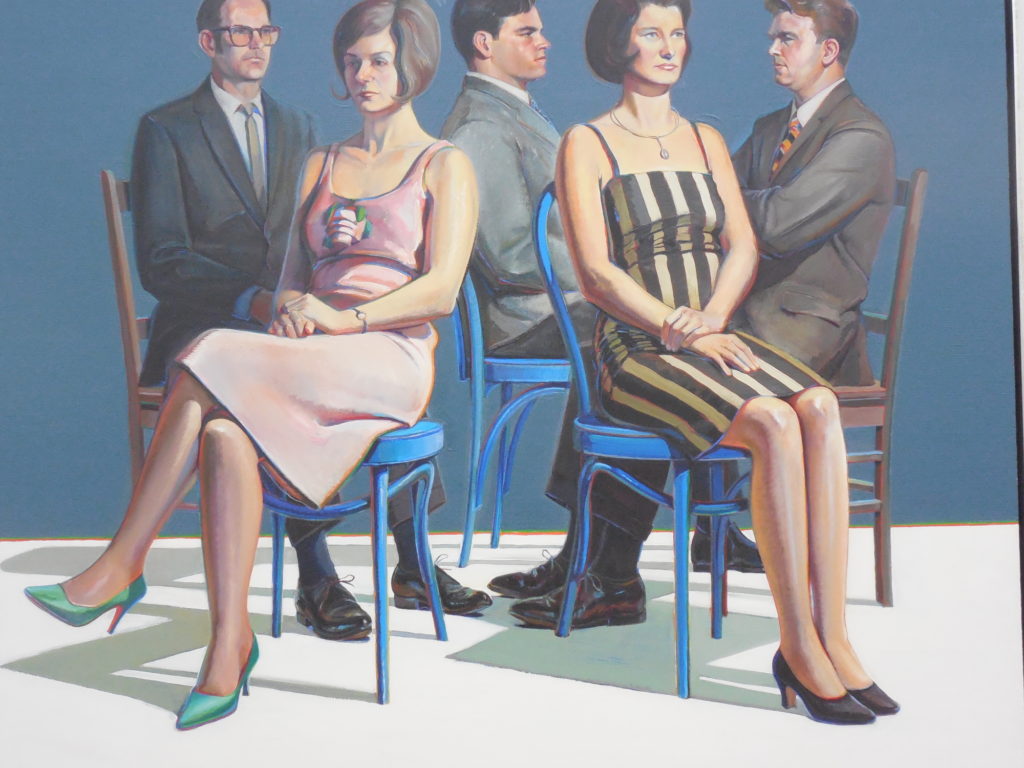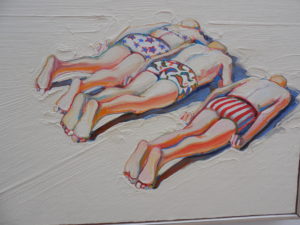film review
Secrets and surprises
After the wedding is a remake of Susanne Bier’s 2006 drama by the same name. It differs in that the two main characters are women instead of men: Isabel, an idealist (Michelle Williams) and Theresa, a millionaire (Julian Moore). Their worlds intertwine in unexpected ways.
Isabel runs an orphanage in Calcutta, India, which needs new funds as soon as possible. A group in New York City is interested, but not willing to pay anything, unless Isabel herself flies over to prove her need for an investment.
She is quiet of nature and somewhat inhibited, so when provided with an absolutely luxurious suite in a very expensive hotel she does not know what to say, especially having come from a nearly poverty situation. She believes the richness offered her by the group is completely unwarranted.
She meets Theresa, the manager of the New York group, who overwhelms her by putting the grant for the orphanage in doubt. Thus we have the beginning of the relationship between an introverted and an extraverted woman, one of them being extremely wealthy and the other not: a contrast which is unsettling, but not overpowering in terms of cynicism or self-importance.
Strangely enough, at least to Isabel, Theresa invites Isabel to the wedding between her daughter Grace (Abby Quin) and Jonathan (Alex Esola). Being somewhat intimidated by the shimmering wealth of the scene, Isabel stands aside, when suddenly her attention is drawn to Oscar (Billy Crudup), a man she knows well. Oscar, a highly successful artist, appears to be Theresa’s husband. He notices Isabel at the same time and is equally startled. He keeps their conversation short. Too much is to be said. What secrets are working between the two and how does this relate to Theresa, who appears to have secrets of her own?
As the film progresses, Isabel wants a decision on funding, but is convinced by Theresa to stay on a while longer than the week Isabel had planned. Hence, Isabel is inevitably drawn into the family of Oscar and Theresa, including Grace and her husband Jonathan. Secrets slowly begin to emerge, causing consternation and discontent for Isabel, but also for Grace.
Theresa has her own concerns which will inevitably determine the outcome of the film. The revelations are accompanied by everyone, on the one hand, with relief, but on the other hand, with dismay and great unhappiness.
At the end of the film, relationships have changed and purposes in life have been altered forever. Williams is superb in showing how Isabel is able to adapt to a new and challenging role in life, while Moore in the role of Theresa is convincing by carrying her own heart-breaking secret almost to a conclusion.
Bert Freundlich, the director and husband of Julienne Moore, maintains a tension between the characters and between not knowing at all and knowing too much.
production: A Riverstone Pictures, Rock Island Film, Corner Stone Films and a Joel B Michaels Production
director: Bert Freundlich
screenplay: based on the Academy Award nominated film by Susan Bier
cinematography: Julio Mat
editor: Joseph Krings
music Mchael Danna
run time: 112 minutes
cast: Michelle Williams as Isabel, Julienne Moore as Theresa, Abby Quinn as Grace, Billy Crudup as Oscar and Alex Esola as Jonathan
distributor: Dutch FilmWorks





